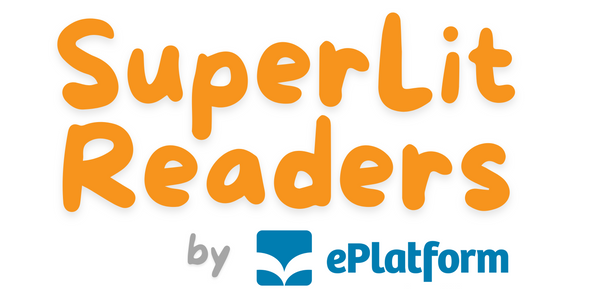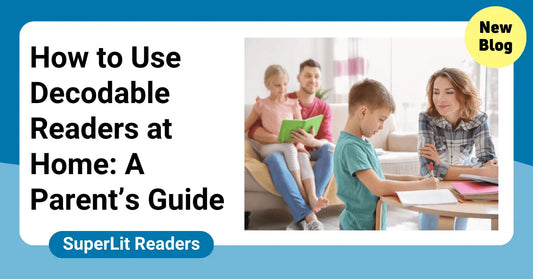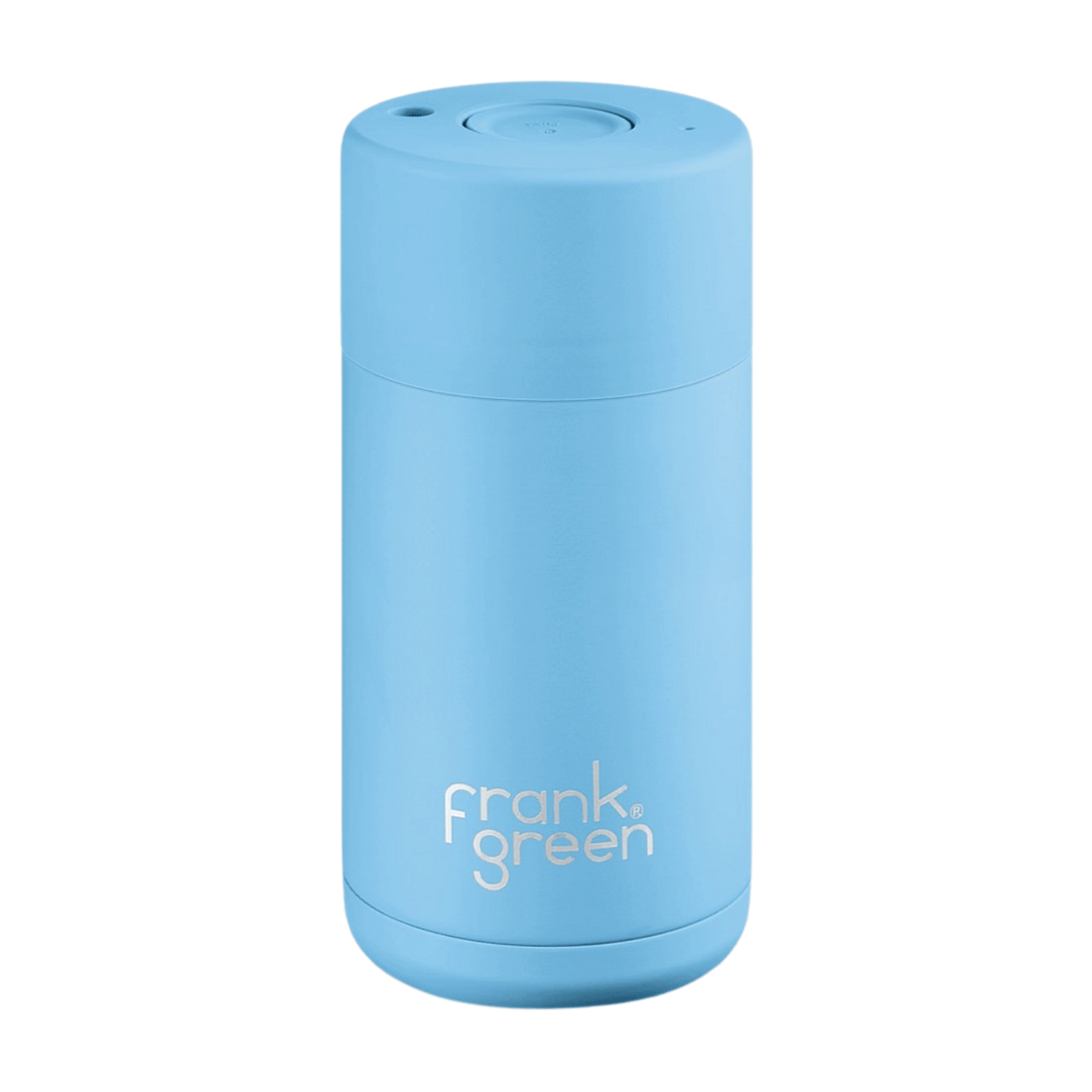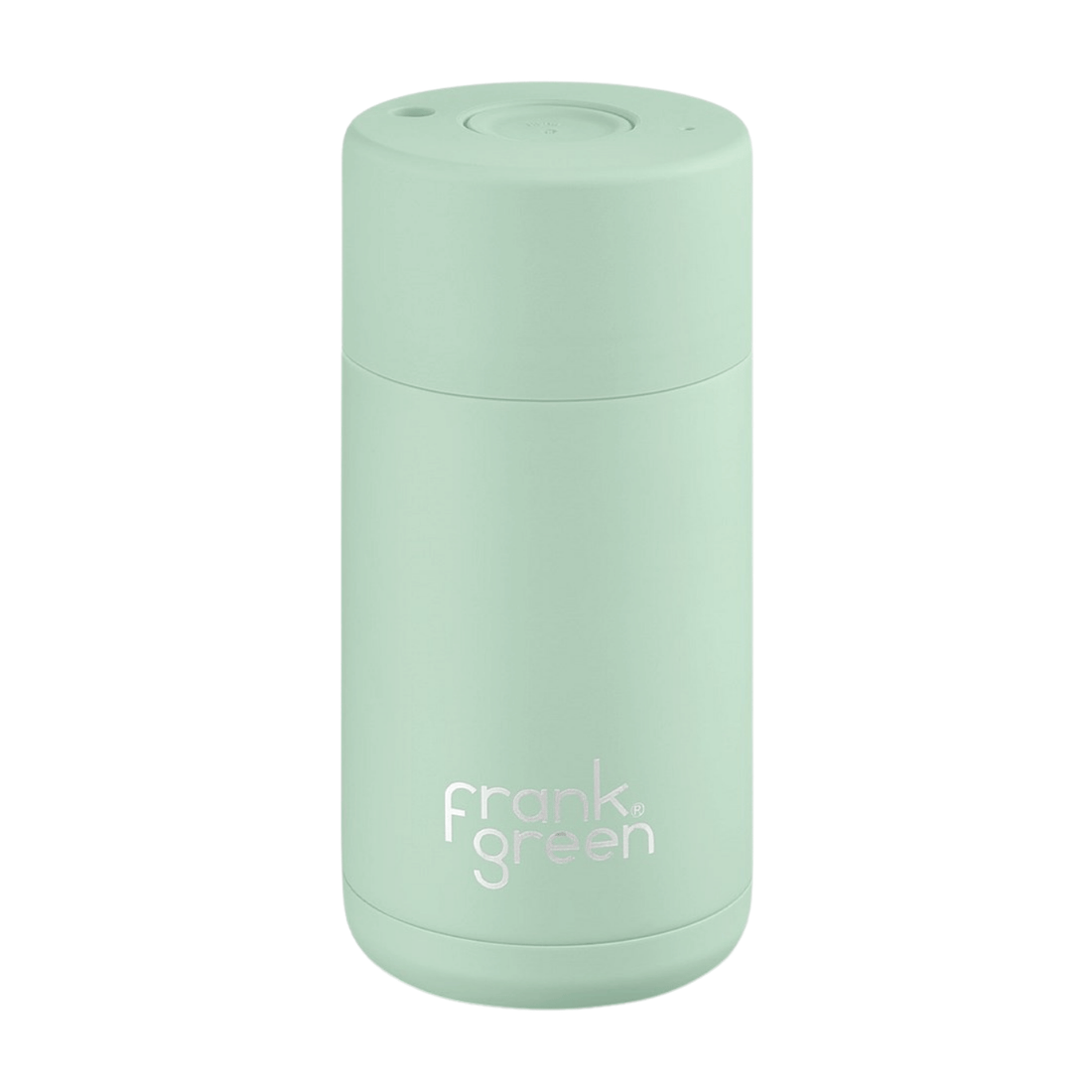What Are Decodable Readers?
A Guide to the Building Blocks of Early Reading
If you’re exploring phonics-based literacy, you’ve likely heard the term decodable readers. But what exactly are they — and why are they essential for learning to read? In this blog, we’ll break down what makes a book “decodable,” how they support phonics instruction, and how to choose the right ones for your learners.
Table of Contents
- Definition: What Is a Decodable Reader?
- How Decodable Readers Work
- Why Decodable Books Matter
- What to Look For in a Decodable Series
- How SuperLit Readers Support Decodable Learning
- Final Thoughts

1. Definition: What Is a Decodable Reader?
A decodable reader is a book that only includes words made up of phonics patterns a child has already learned. This means every word is “decodable” based on the student's current knowledge — no guessing, no memorising, no reliance on pictures.
These books are typically aligned to a systematic phonics sequence, ensuring that new phonemes and graphemes are introduced in a deliberate, step-by-step order. Take a look at the SuperLit Readers scope and sequence.
2. How Decodable Readers Work
Decodable texts help children apply phonics skills in real reading situations. For example, if a student has learned the sounds /s/, /a/, /t/, /p/, /i/, /n/, they can read books with words like “sit,” “pat,” “nap,” or “pin.”
As they progress, more complex sounds and patterns are introduced — and the decodable texts increase in difficulty to match.
- Early levels = short CVC words (e.g. cat, hop)
- Middle levels = blends and digraphs (e.g. ship, drum)
- Later levels = vowel teams and multisyllabic words (e.g. raincoat, monkey)
3. Why Decodable Books Matter
Decodable readers give students a chance to experience real success. Instead of guessing at words or relying on context clues, they learn to trust their own decoding skills. This builds:
- Reading confidence — students feel capable and independent
- Fluency — repeated exposure to patterns builds automaticity
- Accuracy — readers decode with fewer errors
Research aligned with the Science of Reading shows that children benefit most when phonics is paired with practice in fully decodable texts.
4. What to Look For in a Decodable Series
Not all decodable books are created equal. Look for a series that includes:
- A clearly defined scope and sequence
- Stories aligned with phonics instruction — not random words
- Blending and segmenting support through activities or worksheets
- Engaging stories that don’t sacrifice readability
Bonus points if the program includes both fiction and nonfiction, so students build background knowledge while decoding.
5. How SuperLit Readers Support Decodable Learning
SuperLit Readers is a complete 10-level decodable system built around systematic synthetic phonics (SSP). Our readers ensure:
- Students only encounter sounds they’ve already learned
- Each level builds on prior phonics knowledge
- Fiction and nonfiction titles are included at every stage
- Worksheets, games, and teaching tools extend each book
It’s a simple, structured approach to phonics-based reading — perfect for the classroom or home.
6. Final Thoughts
Decodable readers are more than just books — they’re tools that help build lifelong reading success. By offering controlled vocabulary, aligned instruction, and confidence-boosting practice, they ensure every child can experience the joy of reading independently.
📘 Ready to get started? Explore our 10 levels of decodable reader bundles
🧠 Need a teaching roadmap? Download our phonics Scope and Sequence
🎯 Want engaging activities? Learn about our worksheets and games
— Happy Reading!






